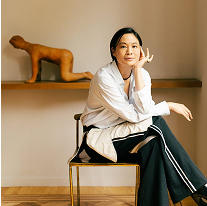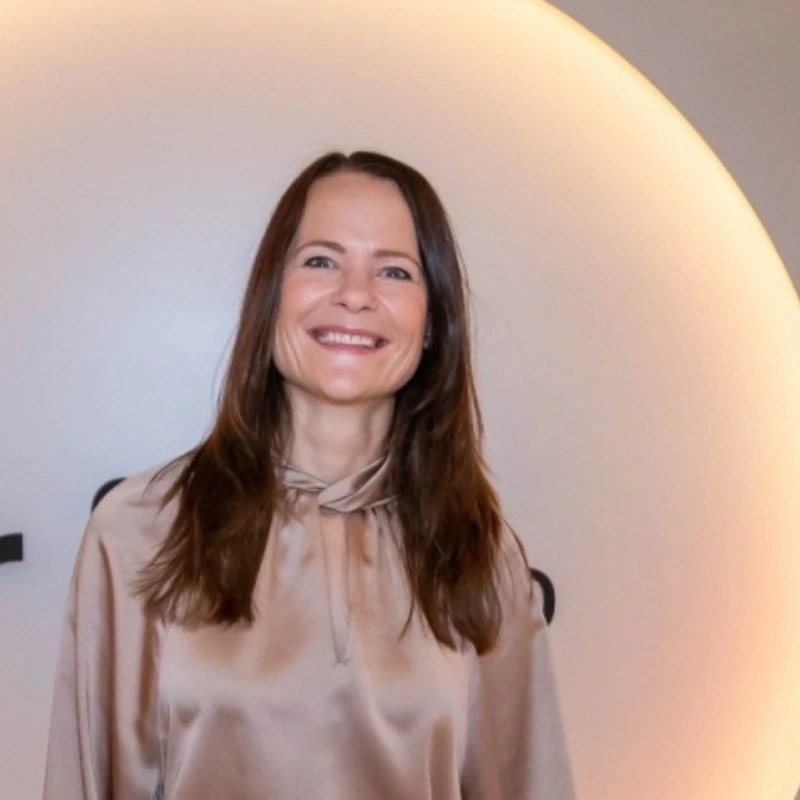The difference between the Second and Third Pension Pillars: What you need to know?
The Dutch pension system is complex. But how do you find your way in all this complexity? We are happy to help you with this. We have previously written a blog about the pension system and its pillars, which you can read here.
To begin with, the Dutch pension system consists of several pillars. Many people are familiar with the state pension (AOW) (this is the first pillar), but the second and third pillars, or even the fourth pillar, are less well understood, if mentioned at all.
This article explains what these pillars are, how they differ from each other, and why understanding these pillars is important for your financial future.
Let's start with the second pension pillar.
What is the Second Pension Pillar?
The second pension pillar consists of a collective pension scheme. In practice, this means that both you and your employer contribute a monthly amount to your pension fund. The amount you receive depends on your salary and the specific pension scheme of your employer.
Your (new) employer may already have a second pension plan for you, because this is mandatory in some sectors. For example, in the construction industry or for professions such as civil-law notaries, where an industry or professional pension fund applies. It may also depend on the size of the company.
Characteristics of the Second Pension Pillar:
- Collective and mandatory: You automatically participate in your employer's pension scheme if it is set up with them.
- Contract with your employer: The second pillar pension scheme is an agreement between an employer, an employee and a pension provider. The employer, but also the employee, are permanently bound by the pension agreement that has been concluded.
- Everything is in one pot: You have little influence on the outcome of your pension and it is completely separate from your personal situation (i.e. risk you take in relation to age and your pension horizon).
- Contributions from employer and employee: Both parties contribute money towards your pension.
- Fixed payment date: Payments often start around the AOW age. But you can of course also stop working earlier and start your pension. There are many options for this, but these come with catches. For more information about this, you can visit the Nibud website (here).
- Not accessible to everyone: A second pillar scheme is only accessible to employees; the DGA (managing director and major shareholder) cannot participate. You get a new pension scheme every time you change jobs. It is linked to the employer.
What is the Third Pension Pillar?
The third pension pillar is a supplement to your pension - you can arrange this supplement yourself by depositing money each month with tax benefits. It is also possible that your employer facilitates a pension in the third pillar. They can deposit into this and bear the costs for the pension. However, you often arrange this yourself.
This is possible through pension investments, annuity insurance and bank savings. This pillar is especially for companies that want to flexibly scale up and down their pension for employees (because you don't have to facilitate a third pillar pension for every employee), for the self-employed (for example, freelancers) or people who want to close a pension gap.
Characteristics of the Third Pension Pillar:
- Individual and voluntary: You decide how much and when you deposit money. If you want to deposit more or less, you can do so entirely at your own pace.
- No permanent contract: In the third pillar, an employee opens an account on their own initiative. The employer and employee make mutual agreements about payment of the costs and contributions. The agreement with the employer basically ends when the employee leaves. The employee then decides how the pension pot is used.
- Own and employer contribution: You can build up capital yourself, or together with an employer. The employer can contribute to the pension just as flexibly as you can.
- Flexible payout: You choose when the payouts start. Depending on the chosen scheme, this can happen before the state pension age. Or just after. The start of the payout can be postponed up to five years after the state pension age (calculated from December 31 of that year).
- Early redemption: You can retire earlier with the third pillar, but you will have to redeem it. You do this by repaying the income tax you previously received and possibly any revision interest (a type of penalty).
- Accessible to everyone: The third pillar is neutral in terms of employment type. Whether you are an employee or a self-employed entrepreneur, you can always use this pension scheme. It has a connection with the person. You can therefore also participate as a DGA (managing director and major shareholder).
Tax benefits of the Second and Third Pension Pillars
Both the second and third pension pillars offer tax benefits. Within the second pillar pension, the employer directly deposits a portion of your gross salary into the pension. No tax is paid on this amount.
The difference is that the contributions to your third pillar pension come from your net salary. You contribute extra money yourself. Your employer can help with this, for example by contributing extra for you. This can take many forms, such as a salary increase, a bonus, or an extra based on a percentage. The tax you pay on the contribution from your net salary will be refunded later by the tax authorities. However, you must submit the tax application yourself. The third pillar is also calculated differently. You can learn more about annual allowance in our blog.
Flexibility and Risk
Another important difference is the degree of flexibility and risk. The starting point of the second pillar pension funds is that the risks are shared by collectivity, there is safety through numbers. You also cover a number of risks, for example, the 'risk' of becoming very old (and therefore receiving a pension for longer). But you have little flexibility, because the contribution is fixed in the second pillar.
In the third pillar, you have more flexibility in how you invest your money. Contributions to the third pillar can be made by the employer, the employee, or a combination of both. This arrangement is flexible because different parties can contribute to the pension fund, but also because the contributions can be adjusted monthly. Because the pension is individual, there is a chance that the fund will run out if you live to a very old age.
Who is the Third Pension Pillar Suitable For?
The third pillar is interesting for employees, employers, the self-employed, entrepreneurs and people who want to close a pension gap. A flexible scheme is ideal for all these parties. For example, in the case of employees without a second pillar pension, or if you expect your second pillar pension to be insufficient, the third pillar is a good supplement.
What do we hope you learned from this?
A good understanding of the pillars and the differences helps everyone realize that an AOW (state pension) or second pillar pension will not be enough in the long run to have the pension you want. Both pillars have their own advantages, but together they form a solid pension foundation. This way you can do what you want in your old age, with maximum freedom. So divide your money over multiple plans, pillars and pots.

maak een afspraak
Klaar voor een moderne oplossing voor pensioen of vermogen? Maak vrijblijvend kennis met Vive en ontdek wat kan - voor jouw organisatie.
Complex pensioen, simpel uitgelegd - weet direct waar je staat
Persoonlijk gesprek voor jouw situatie en die van je werkenemers
In 30 minuten meer duidelijkheid dan uren googlen
Alle ruimte voor vragen aan onze ervaren pensioenexperts









